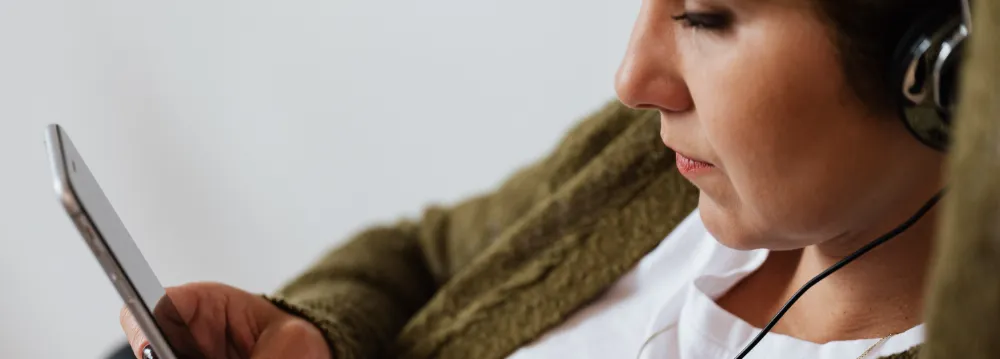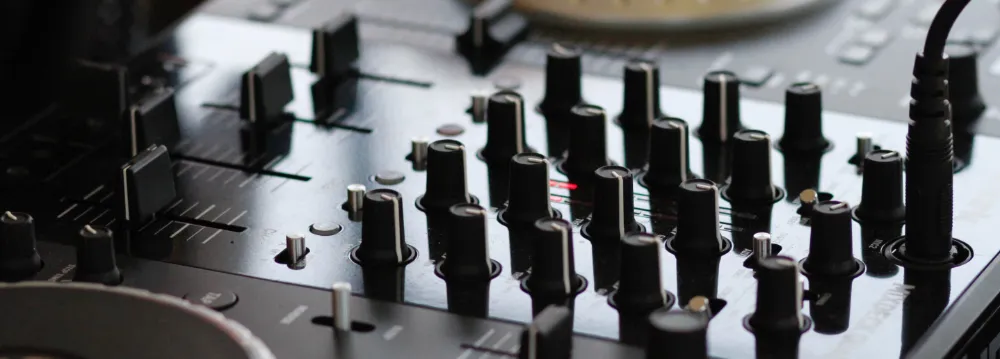Learning how to arrange music by ear is an incredible expertise for any artist, regardless of whether you sing or play an instrument. It very well may be particularly valuable if you can’t discover a score or tabs for a piece of music you need to learn. To become familiar with music by ear, start by getting comfortable with the tune, musicality, and rhythm. At that point, you can proceed onward to getting the chords and harmonies down.
Learning music by ear isn’t only an excellent method to never under any circumstance need to visit some tab site again, exploring your way through irritating advertisements and filtering through inaccurate tabs. It’s not simply an excellent method to evade the boredom and tediousness that can set in the wake of playing tabs for some time. Indeed, it’s fundamental to build up the inner music abilities that help you do things like jam, improvise, creating a jingle, improve your planning, play by ear, etc.
Some tips and steps you can consider on how to arrange music by ear:
Start with a Familiar but Simple Song
Your first objective shouldn’t be to gain proficiency with your main high-quality song. It ought to be to give your ear a nice spot to get familiar with the abilities it needs. You can advance to harder stuff later.
The second point to note down is that you can choose it by ear without expecting to reference a recording if you know the music. Listening to music is fine, yet it’s greatly improved if you can murmur the whole music confidently. The best jingles or well-known traditional tunes are a wonderful spot to begin. They aren’t remarkably fascinating, generally, yet you can murmur the greater part of these:
- Amazing Grace
- Row, Row, Row Your Boat
- Yankee Doodle
- When the Saints Go Marching In
- Ode to Joy
Count the Rhythm
Understanding the beat and timing scheme of the tune will help set the tune in your mind. As you listen to the tune, tap your foot, applaud, or snap your fingers alongside the beat. Consider how the notes of the song fit the beat.
For instance, “Twinkle Little Star” has a 4/4 timing scheme, which implies four beats to each proportion of the melody. There is one note for every beat in the primary measure, with every syllable of the expression “twinkle” arriving on its beat. In the subsequent measure, the initial two notes (“little”) land on the initial two beats and the third note (“star”) is held for two beats. This example repeats all through the entire melody.

Slow it Down
It tends to be somewhat simpler to learn tunes by ear when you slow the music a bit. You can utilize VLC Media Player, Audacity, or Tune Transcriber, podcast sounds or Youtube instrumentals which are, for the most part, free and reliable. However, don’t slow down the music to an extreme. As a dependable guideline, if you need to back the tune off to more than 80% of the first beat so it very well may be a smart thought to discover a somewhat simpler tune. It would help if you discovered songs that are challenging yet not excessively so. Also, if the music is excessively quick for you to hear what’s happening, it may, in any case, be too quick for you to play.





